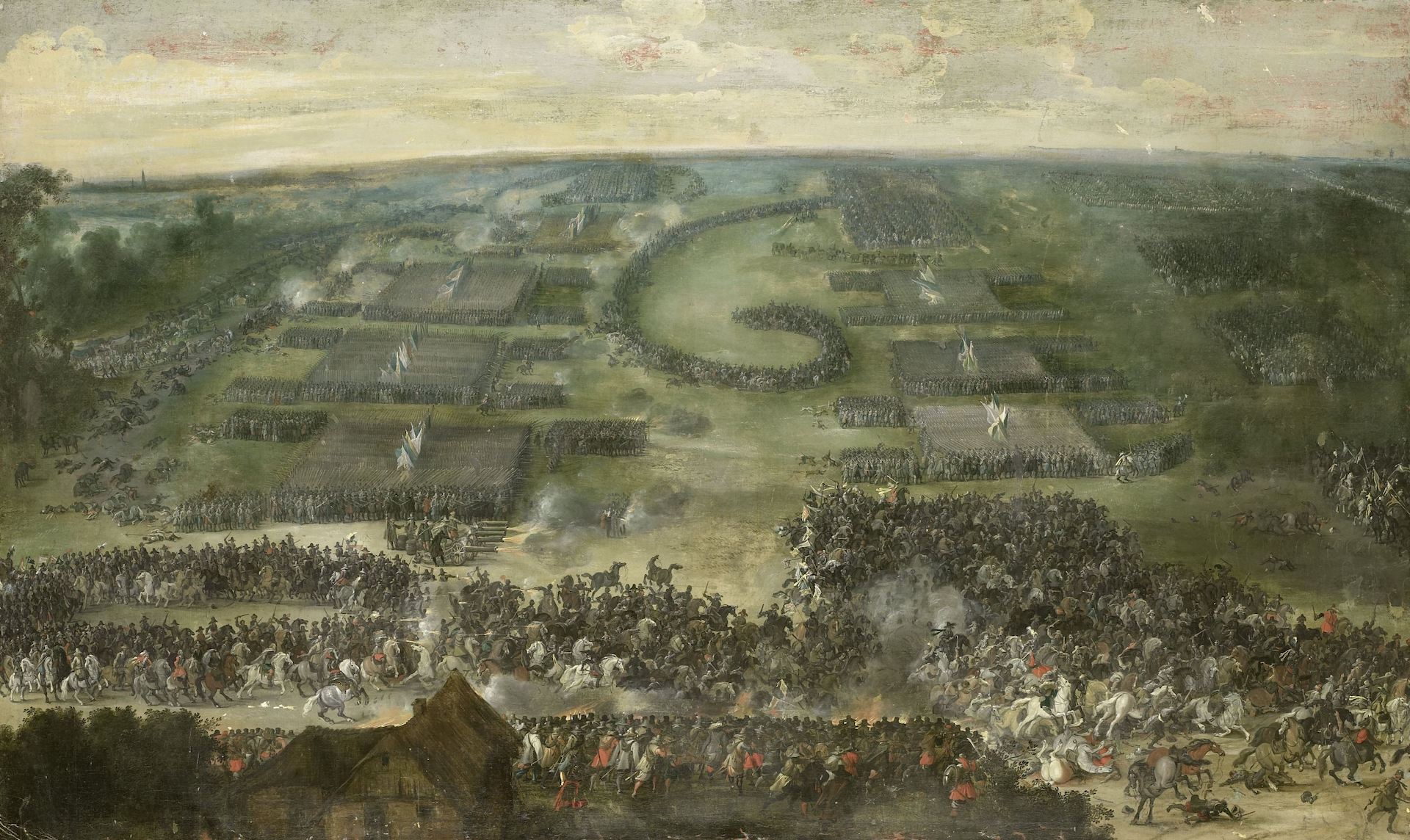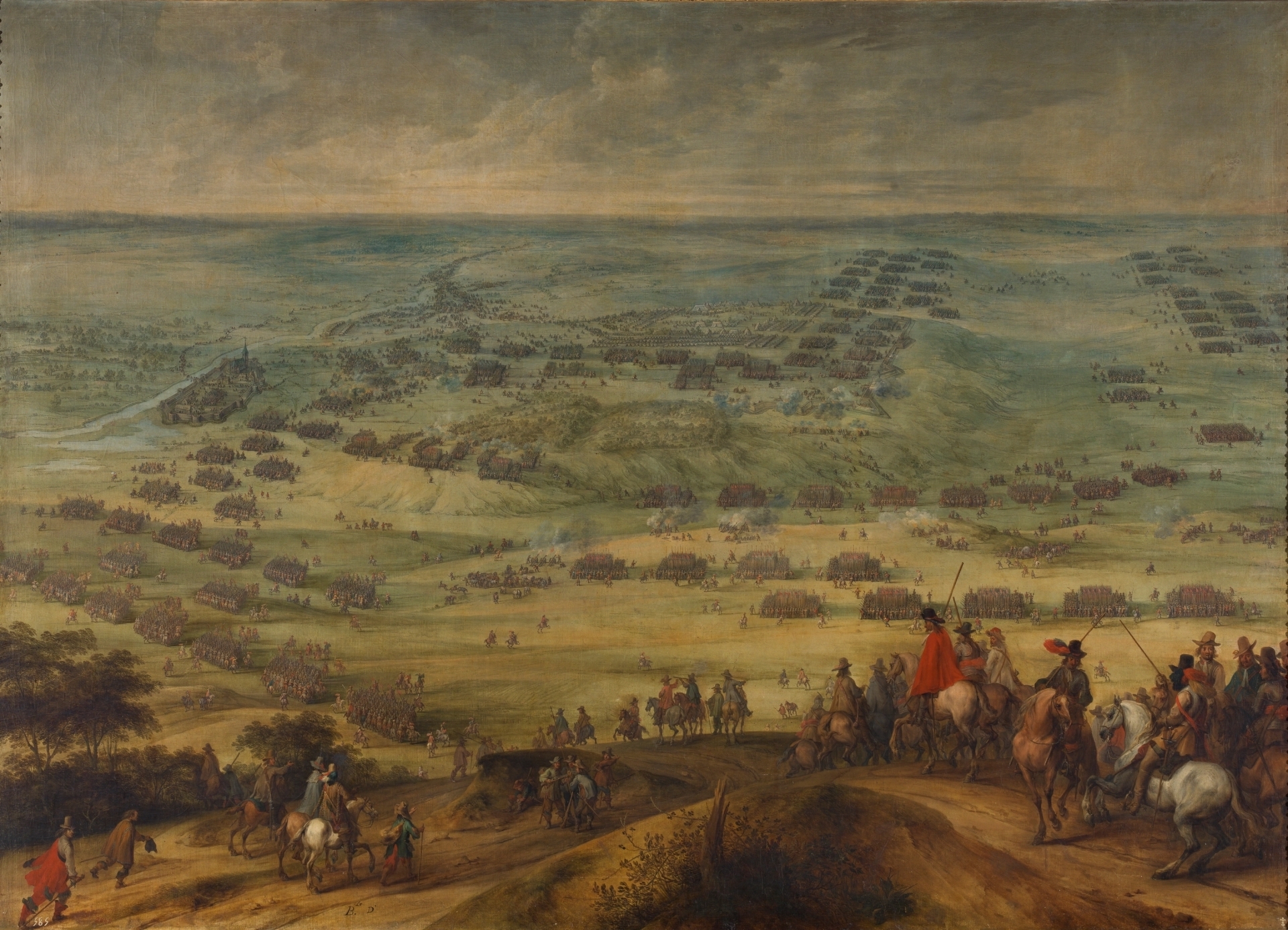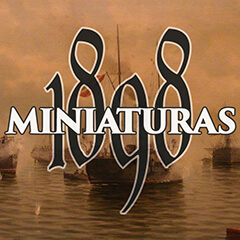Spanish Tercios. Organization and tactics during the Thirty Years War
Àlex Claramunt Soto
Desperta Ferro Ediciones

The Tercio constituted the tactical and organic unit par excellence of the armies of the Hapsburg Spanish Monarchy. With its origins in the army of the Catholic Monarchs of Spain after the reforms of Gonzalo Fernández de Córdoba, the Great Captain, and officially organized in 1536 with the Ordinance of Genoa by Charles V, the Spanish Tercios dominated the European battlefields for almost 150 years.
Old and new Tercios
In origin four Tercios were created, the so-called Tercios Viejos (“Old Tercios”), permanent and whose names (from Naples, Lombardy, Sardinia and Sicily) referred to the territory they had to defend, although in 1567 they would be sent to the Low Countries to fight the Dutch Rebellion. Also, at different times, other Tercios were created, named after their maestres de campo (field commanders). The selection of the officers, both the maestres de campo and the captains, were in charge of the Consejo de Guerra (War Council), which had to evaluate the candidates and choose the most suitable. Once they received their patentes (commissions), they were assigned a recruitment area so that they and their ensigns enrolled any suitable volunteer who appeared.
The two great novelties regarding the previous era derived from the growing needs to face multiplying fronts. These were the creation, by 1635, of nobiliar Tercios or regiments and provincial Tercios. The first, inspired by the model of the French Army, were units whose recruitment and maintenance was carried out, at least in part, by prominent nobles (including several Grandes –highest nobility– of Spain) or important members of the Church. As a counterpart, were they reserved the right to appoint the officers. Theoretically they had to be elite units with an important aristocratic element, and that gave occupation to the ubiquitous unemployed veterans who resided in Madrid in search of a position, but their quality was very variable due to the human element recruited.
As for the provincial Tercios, these were militia units recruited by the municipalities of the different peninsular kingdoms and that had to integrate a reserve army for the case of necessity. Their interventions, thus, were limited to the fronts of the Iberian Peninsula (Catalonia, Portugal and the Basque Country). Their performance in combat was unequal, since to form them resorted to forced enlistments.
Organization of the Spanish Tercios

The Battle of Fleurus, 1622 (17th century), oil on canvas by Pieter Snayers (1592-1667), Rijksmuseum, Amsterdam.
During the Thirty Years War (1618-1648), organic flexibility was one of the basic characteristics of the armies of the Spanish Monarchy, as it had been in the previous century. Tercios were, above all, groups of a number of companies that could be attached or detached at all times. Unlike the French Crown, which in the period 1610-1660 tended to group its veteran troops into units formed entirely by experienced soldiers, the Spanish Monarchy favoured the merge of experienced companies and companies of bisoños (green recruits) in the same Tercio, which guaranteed a good average level in combat units.
The flexibility of the Spanish military model went further, since the same Tercio could fight at the same time in scenarios as different as Brazil and the Mediterranean. This happened when the unit was subdivided into two, one commanded by its maestre de campo, and another by his second in command, the sergeant major. This eventuality occurred in several cases during the Thirty Years War, when Spain had to fight in numerous fronts not only in Europe, but also in America and Asia.
As for the internal organic, an important difference with respect to the previous years was the decrease in the number of troops per Tercio, which fell to an average of between 1000 and 1500 men. In 1633, for example, the Army of Flanders had three Spanish infantry Tercios with 3760 troops in total divided into 51 companies. On average, by then Tercios had between 15 and 20 companies each. Companies were administrative units, usually commanded by a captain and formed by soldiers of three types: pikemen, musketeers and arquebusiers.

Engravings of a arquebusier, a pikeman and a musketeer in the Wapenhandelinghe (“Exercise of Arms”) (1607) by Jacob de Gheyn II (1565-1629), Rijksmuseum, Amsterdam.
Throughout the decades of the Thirty Years War and the resumption of the Flanders War (1621-1648), the proportion of firearms in the Tercios was gradually increasing to assume two thirds of the total at the end of the conflict. In 1636, for example, the Cardenal Infante Fernando, commander of the Army of Flanders, tried to ensure that all the companies had 69 pikemen and 120 musketeers. In certain units the arquebuses were eliminated due of its smaller calibre compared to the musket, but this weapon continued being used during all the period.
A problematic aspect for the Hacienda Real (Royal Treasury) was the increase in the number of officers in each company, especially through the “reformed” officers without command, usually from dissolved units. Those were integrated into other companies as soldiers, but with the salary of an officer. Despite the cost, this increased the efficiency and combativeness of the troops, as evidenced by the Tercio of Martín de Idiáquez in Nördlingen (1634).
Tactics of the Spanish Tercios

The Battle of Honnecourt, 1642 (17th century), oil on canvas by Pieter Snayers (1592-1667), Museo del Prado, Mardrid.
In the tactical field, the basic formation continued to be the escuadrón (squadron), although with perceptible changes throughout the period due to the increase of firearms and the desire by the high command for greater flexibility. Thus, the Tercio squadron with two thousand troops, or more, who still starred in the battles of the first phase of the Thirty Years War (White Mountain, Wimpfen, Fleurus), gave way in the 1630s to smaller units, with between eight hundred and a thousand troops on average, which formed with between ten and five ranks –in progressive decrease–, and a wider front to accumulate firepower on the flanks of the block of pikes that constituted the core of the unit. The Tercio’s mangas (“sleeves”), formed by arquebusiers and musketeers from the different companies, had to maintain a sustained fire to wear down the enemy before the charge of the pikes. Experienced units were able to do so for several hours, at least if they had ammunition, as emphasized by the Marquis de Velada, captain general of the Army of Lombardy, after the battle of Proh (1645).
At the same time, especially in the complicated scenario of the Low Countries, where pitched battles were scarce in this period due to the profusion of canals, rivers and fortresses, the mangas of shot continued to play a very important tactical role. These groups of musketeers and arquebusiers were detached from their squadrons to distract the enemy with a skirmish, usually barricaded behind hedges and groves; or they were deployed in vanguard earthworks for the same purpose. They could also perform, in conjunction with small cavalry forces, harassment actions such as ambushing dispersed enemy troops and attacks on supply convoys.
If Tercios adopted progressively more linear formations, the Spanish armies did the same when deployed on the battlefield. While echeloned and deep deployments had been chosen until the end of the 1620s, since the 1630s and especially the 1640s, closed lines tended to form with successive formations, which used to unfold in two lines with a reserve; the infantry in the centre and the cavalry, more and more numerous and with a more aggressive tactical role, on both flanks.
This tactical model evolved in parallel in the different European armies since the end of the 16th century with the reforms of Mauricio de Nassau. Spanish Tercios were not an exception, and far from falling behind, quickly adapted to innovations of the period. The effect of the “Swedish brigade”, an extremely complex tactical model that required great expertise and was abandoned after the death of Gustavo II Adolfo, was virtually none. In many of the main battles of the 1618-1648 period, Spanish Tercios, as well as the Tercios of the different nations that formed the Spanish Monarchy, overwhelmed rival infantry, whether Dutch, French, German or Swedish.
Further readings
Albi de la Cuesta, J (2017): De Pavía a Rocroi: Los tercios españoles. Madrid. Desperta Ferro Ediciones.
Bru, J. y Claramunt, A. (2020): Los tercios. Madrid: Desperta Ferro Ediciones.
González de León, F. (2008): The road to Rocroi : class, culture, and command in the Spanish Army of Flanders, 1567-1659. Boston: Brill.
Maffi, D. (2014): En defensa del Imperio : los ejércitos de Felipe IV y la guerra por la hegemonía europea (1635-1659). Madrid: Actas.
Parker, G. (1972): The Army of Flanders and the Spanish Road, 1567–1659: The Logistics of Spanish Victory and Defeat in the Low Countries’ Wars. Cambridge: Cambridge Univesity Press.
Quatrefages, R. (1983): Los Tercios. Madrid: Servicio de Publicaciones del Estado Mayor del Ejército.



